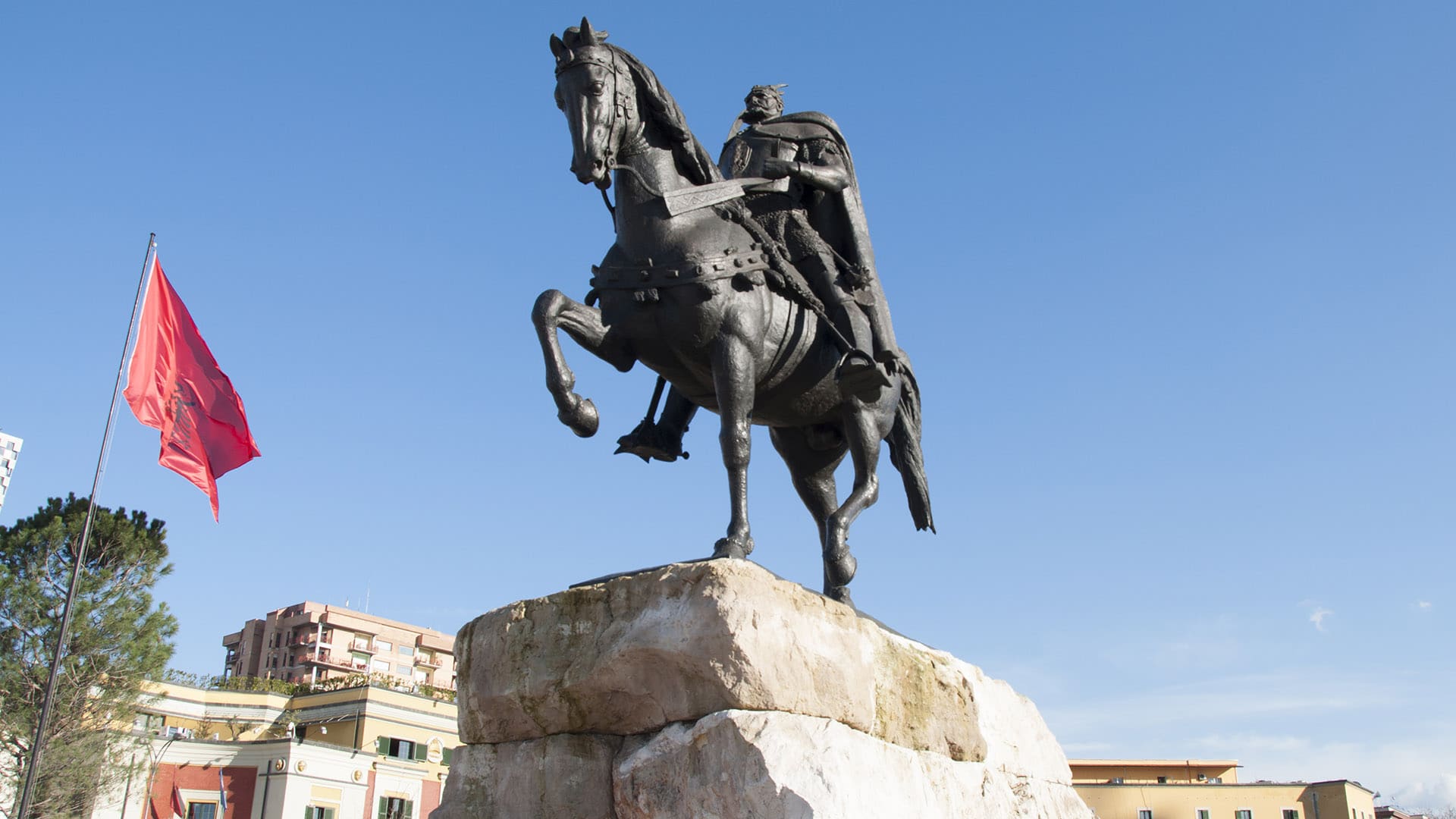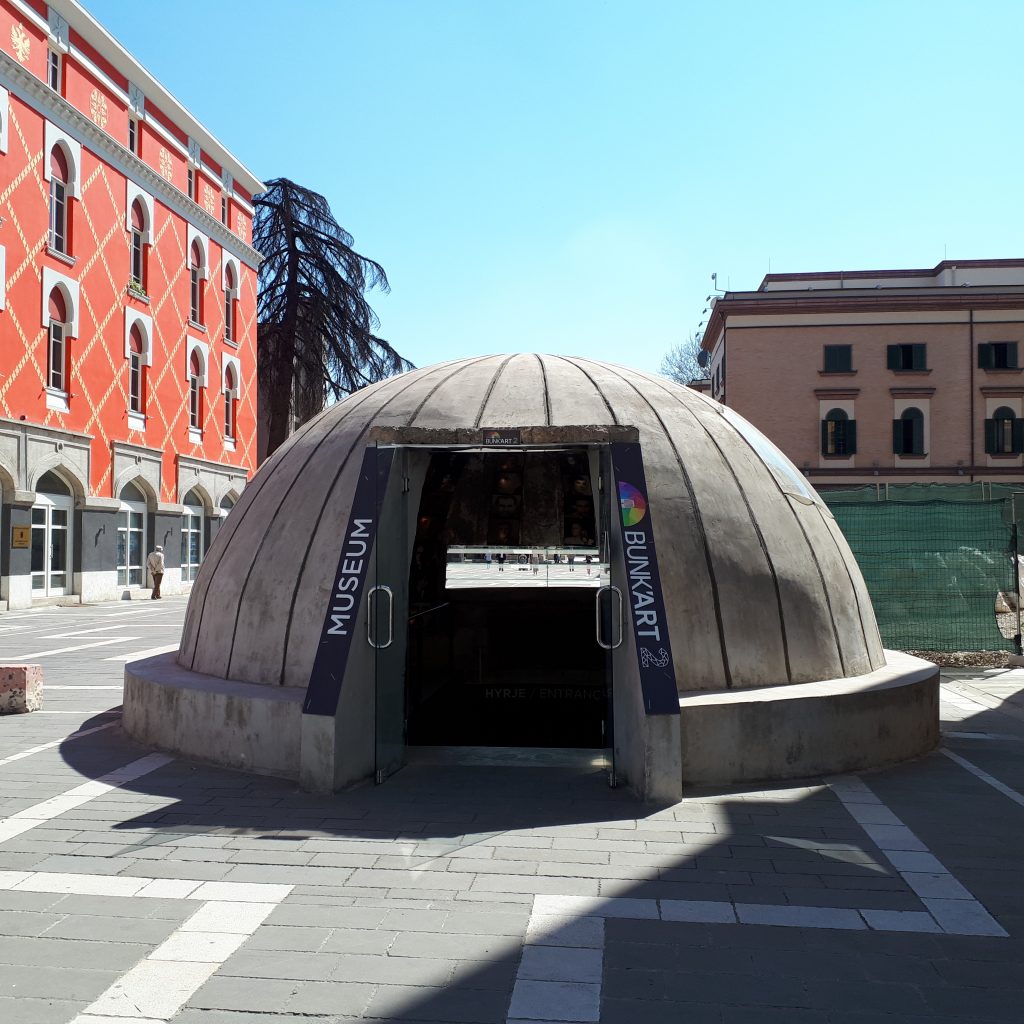Table of Contents
Below we have listed 5 interesting facts about Tirana.
1. It is the capital of the country.
Tirana is the capital of Albania and also the main economic and cultural center of the country. Its history starts with the Neolithic period, and there are three theories about how the name of Tirana has derived:
The name Tirana derives from the word Theranda. Mentioned in the ancient Greek and Latin sources because those living there called it “Te ranat” (fallen material).
Its name derives from the name “Tyros” (old Greek name) which means dairy produce.
And the third theory is that the name derives from “Tirkan”, which was a castle in Dajti’s Mountainside. The ruins of a castle of the 1st century A.D. were discovered at the foot of the mountain, and they still exist.
There are many other theses and historic elements about the history of Tirana, but all come to the conclusion that: Tirana is not a new city, and we can see it around. There are several castles that indicate its existence, we can mention the oldest one, the castle of “Dorezi” which dates from the IX-IV century before Christ. It is not very known to the public and is hidden in an area that is difficult to reach.
The ruins that appear are impressive, and their construction shows a high technique used in ancient times.
Not far from the capital, up on a hill years ago, another ancient fortification was erected, and it was the “Lalmit” castle, its ruins date around the II century before Christ.
(written by Marin Mema https://www.shqiperia.com/Historia-e-panjohur-e-Tiranes.34453/ )
Tirana
Tirana was founded in 1614 when under the care of Sulejman Pasha Mulleti, the first settlement was built. In the 19th century, Toptans a large family was gaining extensive power in and around Tirana. During this period the local population, who had resisted Ottoman invasions, contributed many distinguished figures to the Albanian Renaissance.
In November 1912, the people of Tirana supporters of Ismail Qemali raised the national flag in the town.
The Albanian Government which emerged from the Congress of Lushnja was seated in Tirana on the 8th of February 1920. Thereafter it became the capital city of the country.
2. It has a new architecture.
At the beginning of the 1930-s, the well-known Italian architects planned the center of Tirana. The existing ministries, the palace of Brigades (ex-royal palace), National Bank, Municipality building, as well as Skenderbeg Square, dating back to that period.
They made Tirana their project during the early period of the 20th century. The main boulevard in Tirana, “Bulevardi Dëshmorët e Kombit”, was built in 1930. While the central square, Skanderbeg Square, was built between 1928 and 1929. In 1968, on the 500th anniversary of his death, national hero Gjergj Kastrioti Skanderbeg had a monument inaugurated in Skanderbeg Square. Twenty years later, at the square was added the monument of the dictator Enver Hoxha. Shortly after on 20 February 1991 the students and the people oust it from the square.
3. It offers a network of museums and galleries to visit.
Tirana is the center for Arts and Culture in Albania. At the center of Tirana lies Scanderbeg’s Square, it is one of the largest open squares. Here you can find Government buildings, shops, banks, and hotels.
At the same square, you can also see the Museum of National History, the Opera House and Culture Palace.
On the eastern side of the square stands the Centre of Development of Culture and Business. (known as Palace of Culture). It is the largest cultural building in the country. Its construction began in 1959, on the site of the capital’s old bazaar, and was opened in 1966.
The buildings you will see as you walk around the square are a reflection of the periods that have influenced Tirana’s architecture. Only the Clock Tower and Et’hem Bey Mosque remain as reminders of the city’s Ottoman past. The communist government left its own footprint by destroying the Ottoman Bazaar and building the new Opera and Ballet House on the site.
When you visit Et’hem Bey Mosque, you’ll learn about the difficulties faced by the clergy. Especially after 1967 when freedom of religious expression was prohibited. The mosque was built in 1793 by Et’hem Bey in typical Turkish style.
Another interesting building you can visit is the King’s Palace and National Martyrs Boulevard. Here you’ll get to know a piece of the daily life of former dictator Enver Hoxha. The pyramid was meant to be a museum for him. The “Bllok” zone where he and other communist leaders lived in. The area that was once prohibited for people is now the most favorite neighborhood for young people, businesses, and coffee shops.
4. It has a dynamic nightlife.
Tirana is unquestionably the dynamic center of Albania thanks in part to its lively nightlife, comprised of theaters, restaurants, and clubs. There are a variety of places to entertain you and most of them stay open all night. Bars and clubs can be found throughout the town, particularly in the “Bloku” area, playing all kinds of live music, including jazz, house, funk, Latin, etc. Tirana is home to the Opera House, the National Theater, and many other galleries and museums. Which in recent years have hosted many artists and world-famous performers. It offers also a wide range of cocktail bars, where you can enjoy some of the best cocktails while listening to music from the best DJs.
5. on Facts about Tirana: 2 Bunkers as Museums
Since Albania is rich in communist history and in bunkers, the government decided to make the best out of those bunkers and turn them into museums for the whole world to see. At the foot of Dajti is located Bunk’art 1 and in the middle of Tirana is located the Bunk’art 2. Two museums dedicated to the communist regime and what Albania was like during the communist regime. In these museums, you can see how life was under the communist regime, how people were treated, what happened, how Albanians lived at home and more.


0 Comment